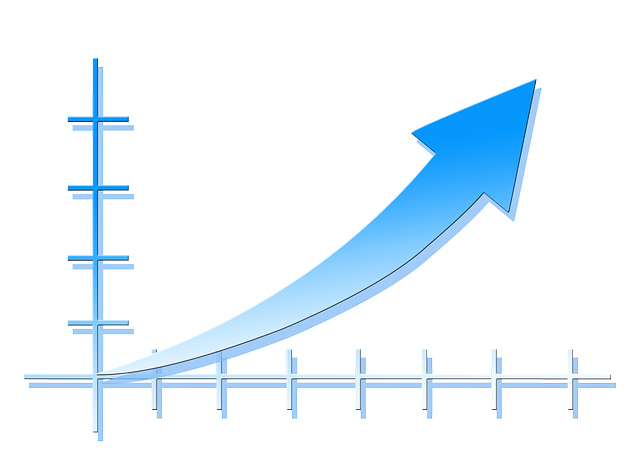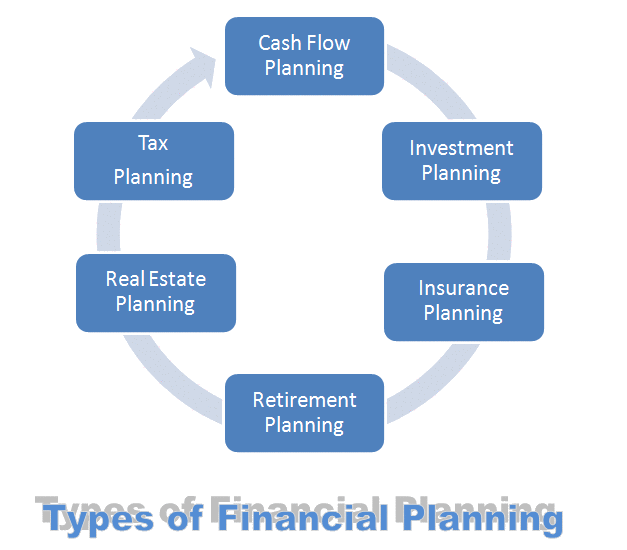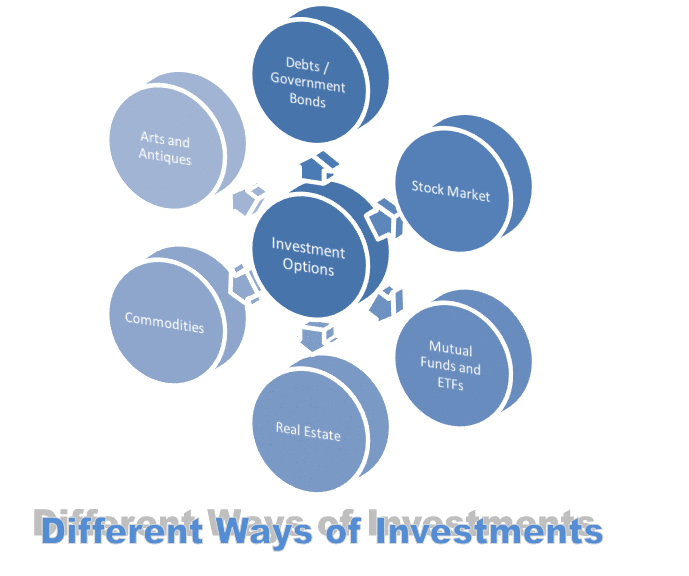Debt capital markets relate to the market for debt issued by governments, agencies, financial institutions, and businesses. The secondary bond market is prospering, and bonds are routinely sold to a wide spectrum of investors. Bonds vary in terms of pricing and issuer risk. Let us understand what is debt market, features, types, risk and difference between debt market and stock market.
The debt market, often known as the bond market, is where debt is purchase and tradable. Bonds do not have a single physical exchange. The great majority of transactions are carry out between brokers, huge institutions, and individual investors.
Debt Market Definition
Bonds are the most common kind of debt investment, and investors exchange them often. India has one of the largest markets for debt commitments in Asia. The Indian debt market is view, like all others, as a viable alternative to conventional banking institutions.
The Indian debt market is divide into two segments: markets for government securities (G-Sec), which consist of both federal and state government securities, and markets for corporate bonds.
The government issues G-Secs, which are sovereign securities issue by the Reserve Bank of India on behalf of the government (RBI). These measures are taken to finance the government’s fiscal deficit. The corporate bond market, also known as the non-government securities market, consists of bonds issued by financial institutions, public sector organisations, and businesses.
The issuer’s need to pay contractual interest to bondholders raises the issuer’s overall debt burden. Bondholders do not own a corporation financed through the debt market, nor do they get future profits. The borrower must repay the loan amount with interest.
There are two reasons why bonds are view as more secure than other investments. For example, bond returns are more stable than stock returns. In the event of a financial crisis, bondholders are compensate before to other costs.
Features of Debt Market
Comparison to the “risk-free rate” determines the cost of the debt. Investors assess market-leading credit ratings and the average interest rate. Timing and market attitude will also impact pricing decisions. When deciding whether or not to invest and at what price, investors consider the following four features of debt market:
- When the due date arrives. Shorter maturities are regard as more secure than longer maturities.
- On Investigates the issuer’s creditworthiness this could be assess by a Credit Rating Agency.
- Comparables similar credits impact a bond’s price
- The two most influential determinants on supply and demand are a publication’s size and the frequency with which it is lent.
In consideration of these factors, investors prefer a fixed yield, or the total return on a bond. Bonds are issue at about 100 percent of their face value (or par), but their price fluctuates according to factors such as changes in interest rates and current events. Then they can calculate yield.
Potential Risks Associated with Debt Securities
The following are the risks of investing in debt securities:
Reinvestment Rates Risk
The risk that interest rates would decline, so limiting the ability to invest money collected at regular intervals in assets with higher or comparable yields. The risk that an investor will be unable to reinvest cash flows from an investment is refer to as “reinvestment risk”. This new rate is refer the reinvestment rate.
Default Danger
Credit risk is the likelihood that a bond issuer will be unable to make timely interest or principal payments or otherwise comply with the terms of a bond indenture. This risk is due to the issuer’s noncompliance with the bond indenture.
Dangers of Opposition
As with any transaction, this risk refers to the other party’s failure or inability to deliver the promised security or sale-value at the moment of settlement. This is the typical transactional risk.
Threat Posed by Interest Rates
The risk of an adverse move in interest rates can impact the yield on existing securities. The longer you hold a bond, the greater your exposure to market risk, also known as interest rate risk.
The Value of Danger
Price risk refers to the chance of a security or investment losing value. Price risk is influence by fluctuations in earnings, inefficient operations management, and price volatility. Diversification is the most prevalent and successful risk management method.
Trade Types of Debt Market
Let us understand the trade types of debt market further in this topic.
Bonds
The government and private corporations can both issue bonds. By acquiring bonds, you effectively lend the issuer money. The issuer must then make timely loan repayments, including interest charges.
Debentures
These are exclusive to businesses and provide a set interest rate. Debentures can be either convertible or nonconvertible.
Government Securities
The Reserve Bank of India (RBI) issues these on behalf of the Indian government. Consider both short-term and long-term alternatives. Treasury bills (T-bills) are government-issued one-year bills. Government bonds, also known as Dated Securities, are investments with a long-term horizon. The maturity date of T-bills is less than one year.
What is Equity Market?
The stock market is very susceptible to political, economic, national, and international developments. Due to the higher risk, investors approach the stock market cautiously.
On the stock exchange, one may be an investor or a trader. A corporation can raise capital through the sale of stock. If the company continues to grow, the share price will increase. Many investors buy and sell stocks quickly, but stocks can also be kept for extend periods.
Using Demat and trading accounts, both of which can be create quickly and inexpensively, streamlines the purchase and sale of shares in India.
Trade Types of Equity Market
Let us overview on the trade types of equity market ahead in this topic.
Transactions Daily
Intraday trading refers to the buying and selling of stocks and other financial instruments on the same trading day. There is no change in ownership when all open positions are close out prior to the close of the market.
Buy now and Sell Later (BTST)
BTST transactions are those in which traders buy today and sell tomorrow to profit from short-term volatility. These deals are “buy now, sell later” This programme allows traders to sell already acquired shares. This may occur before the shares are deliver or credited to the demat account.
Investments Based on a Certain Market Position
Individual investors can maintain positions for months or years due to the widespread adoption of the popular long-term trading strategy known as position trading. Position traders ignore short-term price fluctuations in favour of fundamental analysis and long-term trends.
Understanding the fundamental differences between the debt and stock markets will enable you to distinguish the many types of investments, risks, and returns associated with each. Before considering an investment, consider your goals and objectives as well as the many investment opportunities available to you.
Debt Market vs Equity Market
To be a successful investor in the stock market, you must first understand the terminology used to explain the key components. You must have knowledge of the debt and stock markets.
The stock market carries greater risk than the bond market. Despite the fact that the debt market offers lower returns than the stock market, it can be use to generate income and preserve capital.
On the stock exchange, shares can be bought and sold. Bonds, certificates of deposit, debentures, and other government assets are tradable on the debt market.
Conclusion
Governments, municipal corporations, government organizations, and commercial entities such as financial institutions, banks, public sector units, and public limited companies issue fixed income instruments that are traded on Debt Markets. Corporations may also issue these fixed-income securities.







